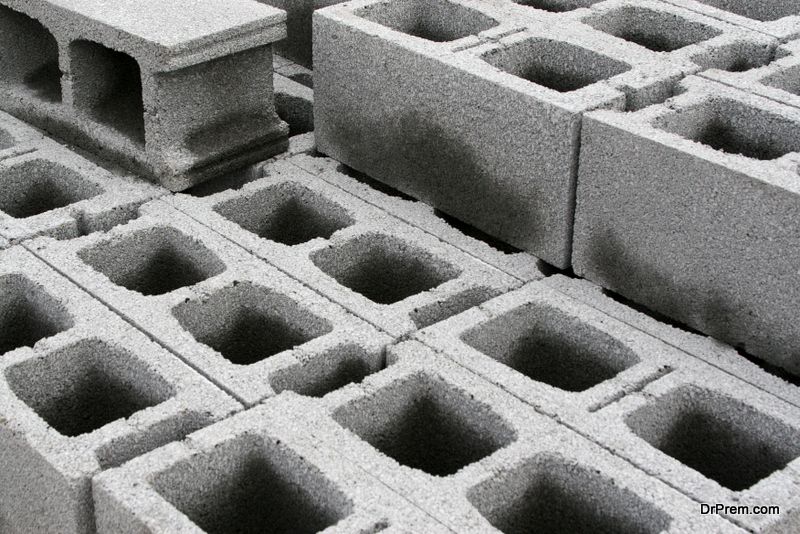The current industrial world we live in relies entirely on fossil fuels for proper functioning. The result of this dependency is 30 billion tons of industrial combustion by products, namely carbon dioxide, entering the earth’s atmosphere the year around. CO2 is literally impossible to remove and ends up poisoning the environment over a period of time.
Hence, it has become a necessity to capture this carbon dioxide and then transform it into something more stable and useful. Accordingly, here are some details about the myriad research programs in the field that have been gaining a lot of attention of late.
CO2ncrete Building Materials made from CO2
A research team in the U.S. has come up with a way to trap the CO2 emitted by power plants and transform the same into building materials. Labeled CO2ncrete, these building materials are manufactured using 3D printers and are sturdy enough to be used in the full scale construction of homes and commercial buildings. While cement production is known to release CO2, the use of CO2 to make building materials could very well reduce the amount of CO2 being emitted into the atmosphere on a daily basis.
Nanoscale Fibers made of CO2
Another option for harnessing CO2 involves trapping the gas directly from the air and converting it to carbon and breathable oxygen. The carbon that is thus obtained is used to create nanoscale carbon fibers that can be used in the creation of valuable building materials that are sturdy, durable and inexpensive. Carbon fibers can already be found in structural materials used to build automobiles and aircrafts.
Existing methods of creating carbon nanofibers were considered too expensive and exhaustive to be followed on a large scale, the new electrochemical process has been found to be a lot cheaper and more efficient. Experts believe that large scale production of such carbon nanofibers could very well lead to the net removal of excess CO2 from the earth’s atmosphere.
Artificial Trees
Researchers at the Columbia University have come up with what they call artificial trees. These trees contain sodium carbonate impregnated leaves that capture the carbon in the CO2 in a chemical reaction. The sodium bicarbonate in the leaves is then heated in order to release ready to use CO2 which can be used in a number of other CO2 harvesting projects.
Olivine Rooftops
Studies have indicated that it is possible for carbon to be trapped in the rooftops of households, thanks to mineral called olivine. The green colored mineral is known to weather quickly when exposed to CO2.
It absorbs the gas and converts it to magnesite and silicon dioxide, thus rendering the greenhouse gas inert. The olivine spread on a roof can absorb more than 1.25 times its weight in CO2. When its lifetime of 30 years finally comes to an end, the olivine roofing membrane can be replaced with a new one to start the process all over again.
Other New Technologies to take note of
Apart from these new processes and technologies, there are many others ways in which carbon dioxide can be stored safely and then used for something else. For instance, a new technology aims to generate the fuel methanol from greenhouse gases. Another technology aims to make use of the CO2 scrubbed out of the smokestacks in power plants by storing the gas underground until further use. Yet another technology aims to convert waste methane into biodegradable plastic that can be used to make plastic bags, phone cases and furniture, etc.
Excess CO2 in the atmosphere can lead to global warming on a large scale. Efforts are underway to curb the amount of CO2 released into the atmosphere, with many new technologies showing promise of trapping this CO2 and then converting it into something more usable.



